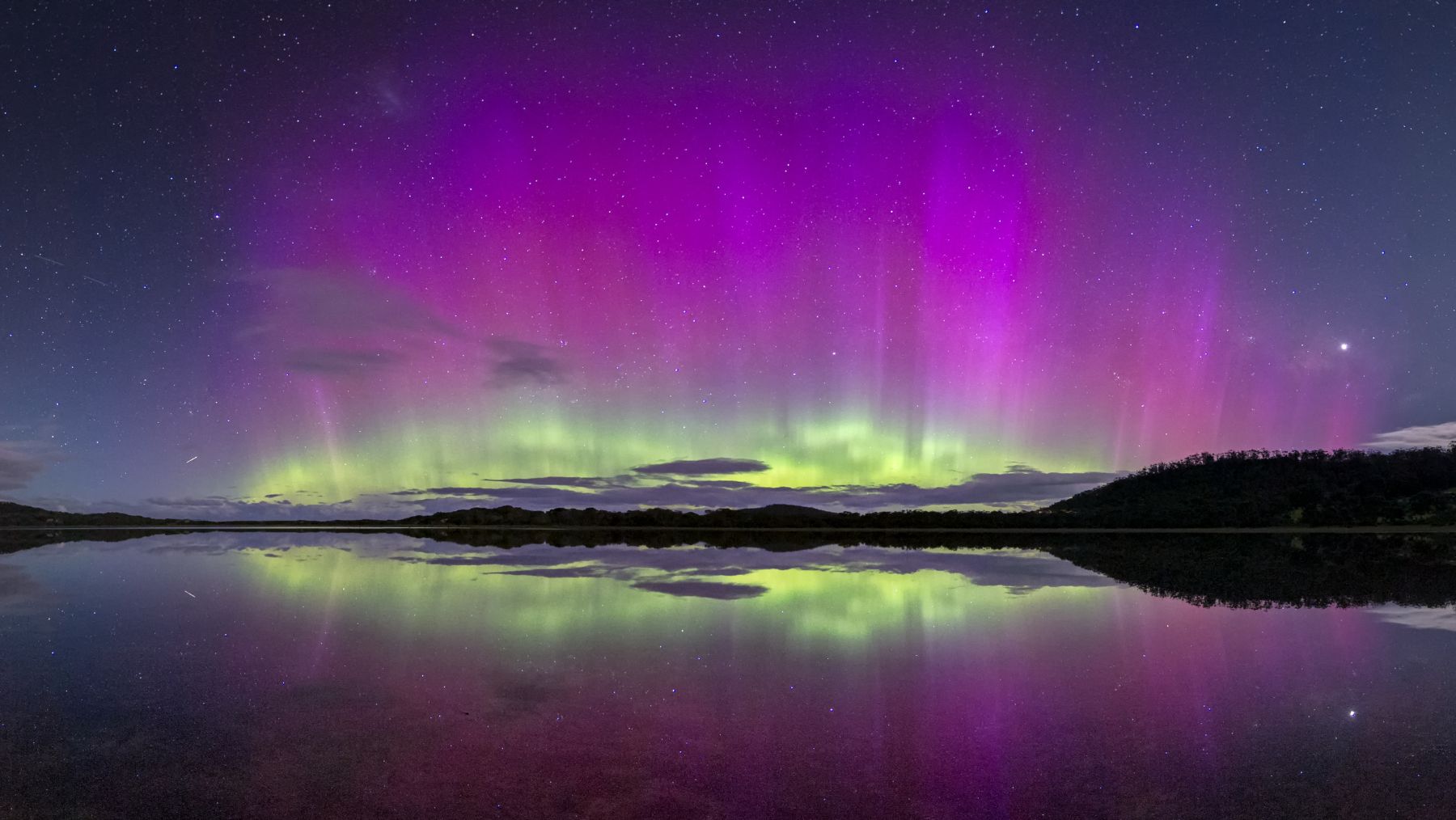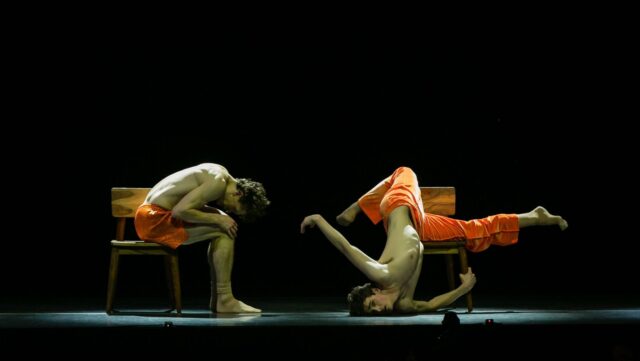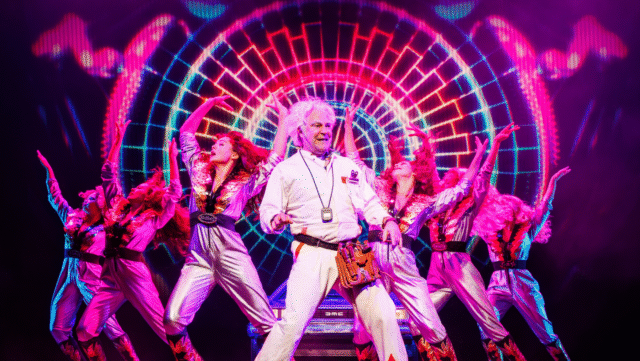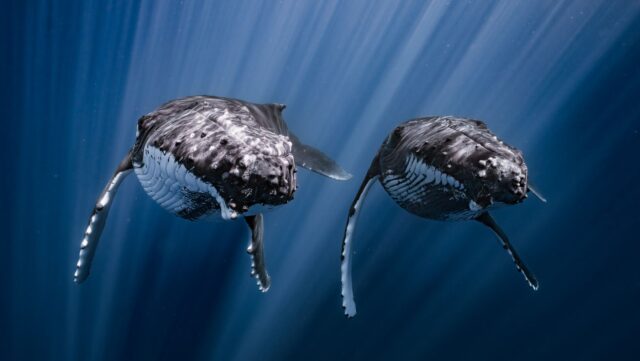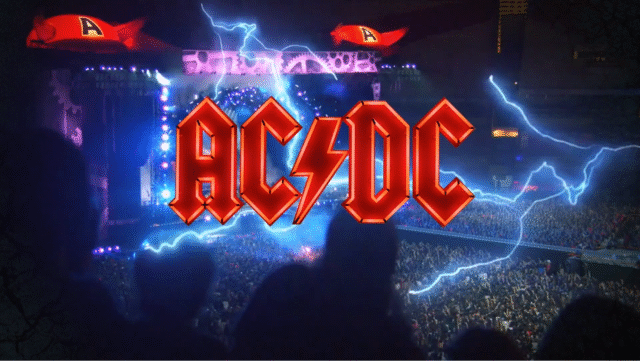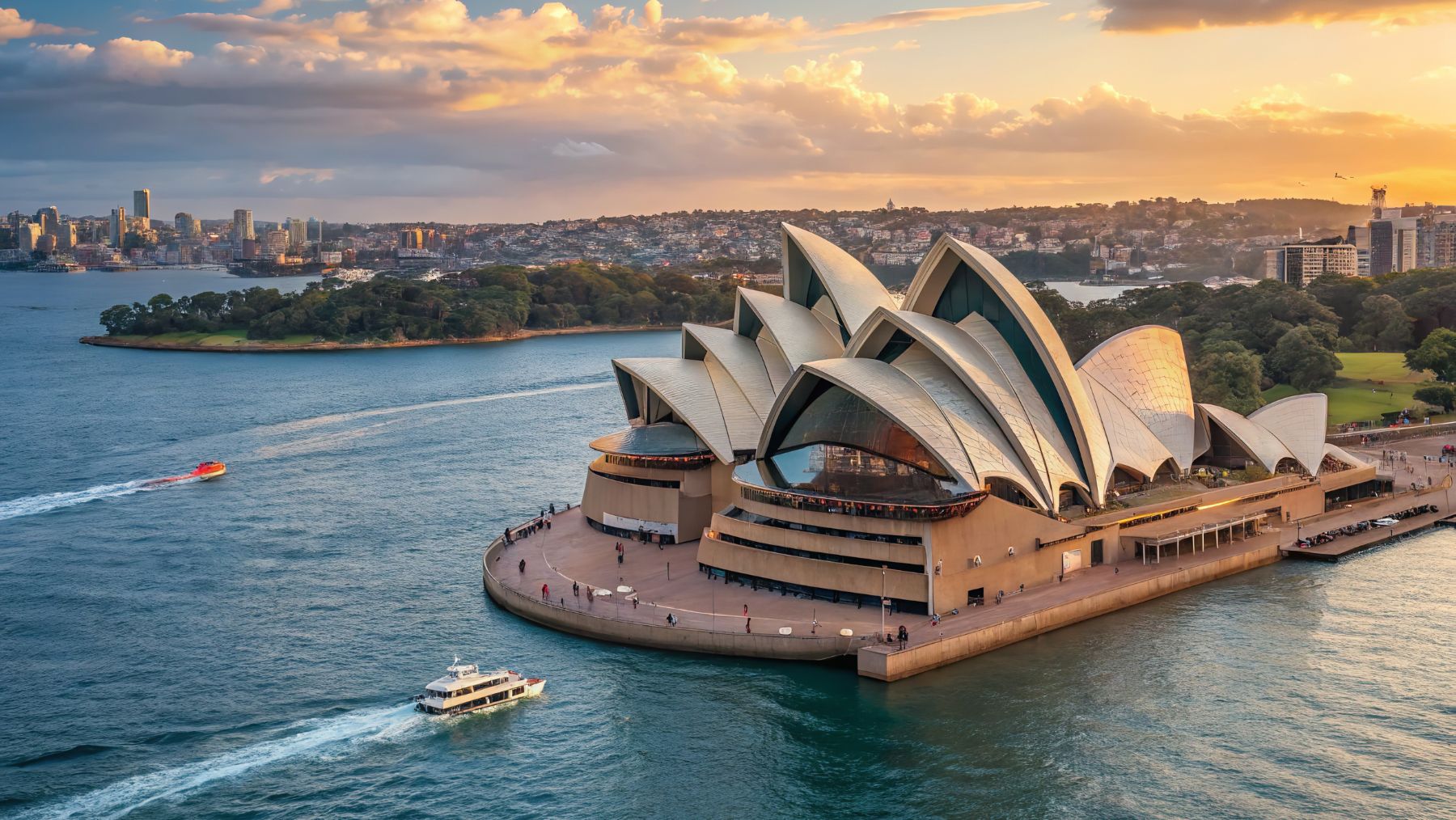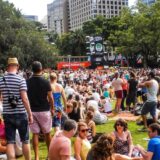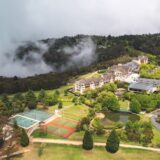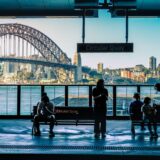- The stunning natural light display, Aurora Australis, was spotted across Australia last night.
- A few lucky Sydneysiders saw the colourful lights illuminate Bondi and the Blue Mountains.
- The Bureau of Meteorology have predicted that we may be able to spot the Aurora Australis tonight.
Last night, Aurora Australis lit up skies across Australia in stunning hues of purple, pink, green and blue. The natural light display illuminated some iconic Sydney spots, including the South Bondi headland and the Three Sisters in the Blue Mountains.
Spectacular sightings extended from Tasmania to New South Wales, reaching as far north as mid-Queensland and were even spotted in part of Western Australia.
Forgot to set your alarm? Don’t fret. The Bureau of Meteorology (BOM) have predicted that we may be able to spot the Aurora Australis tonight, thanks to the presence of more geomagnetic storms, which are the cause of the stunning event.
Table of Contents
What is the Aurora Australis?
The Aurora Australis is a natural light display caused by an interaction between charged solar particles and Earth’s magnetic field, producing vibrant colours in the night sky. Charged particles stream from the Sun towards Earth at up to 2,000 kilometres per second. Most of the particles are stopped by Earth’s magnetic field, but some manage to travel down to the South Pole and North Pole, where they then interact with atmospheric gases.
Tonight, a particularly strong solar storm is forecasted, meaning a surge of particles will be sent towards Earth, allowing the aurora to be visible much further north than usual, meaning that it may be spotted in skies over Sydney again, as well as other parts of Australia.
In the Northern Hemisphere, it’s known as the Aurora Borealis, while in the Southern Hemisphere, it’s the Aurora Australis. The colours of an Aurora are generally visible to the naked eye near the poles because it is overhead and more intense. At lower latitudes, the aurora is on the horizon and less colour is visible.
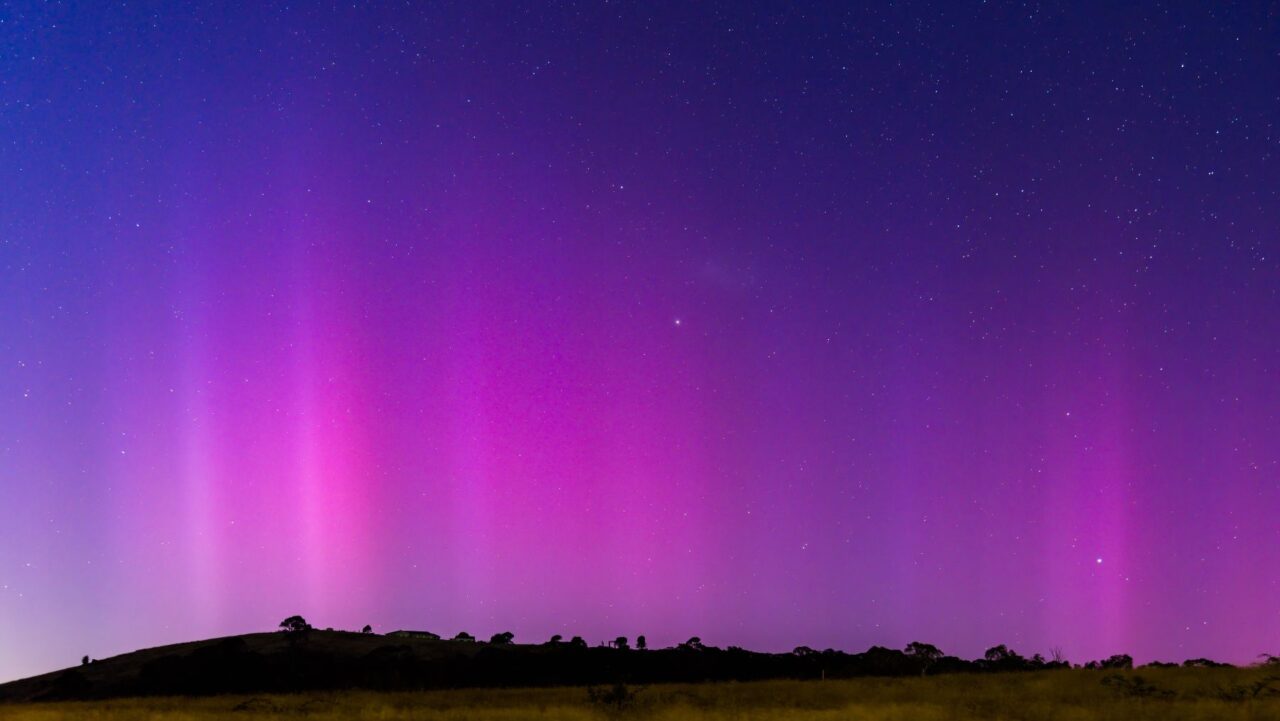
READ MORE: The Ocean Photographer of the Year exhibition is officially open— don’t miss these stunning shots
Best viewing times and locations
A bright aurora usually lasts around one to three hours and is most visible between 10pm and 2am.
Check the Kp index, a measure of geomagnetic activity, to assess visibility chances. A Kp index of seven or higher increases the likelihood of sightings in NSW. The current Kp index is six, meaning that there is a major-severe geomagnetic storm.
At the time of writing, the BOM states, “Geomagnetic storm in progress. Aurora may be observed during local nighttime hours in good observing conditions at high latitudes.”
As with all celestial events, the main piece of advice to get a good view of the stars is to get as far away from as much artificial lighting as possible. The more lights that are visible, the less likely you’ll be to see the shooting stars in the sky above.
To maximise your chances of witnessing the aurora, choose locations with clear southern views and minimal light interference. Some of our top recommendations are:
- Royal National Park
- Barrenjoey Headland
- Ku-ring-gai Chase National Park
- Southern Highlands
- Lake George
Shots from last night
Lucky viewers across Australia captured the spectacle and shared their stunning photos on social media.
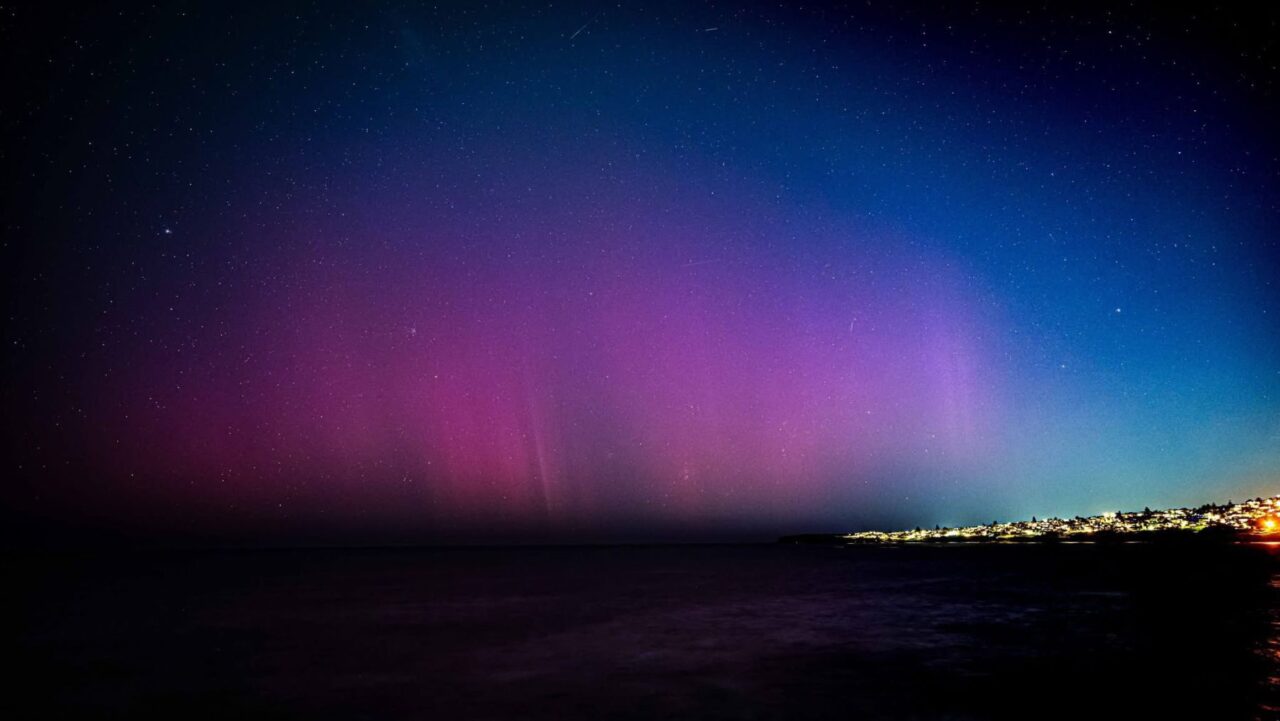

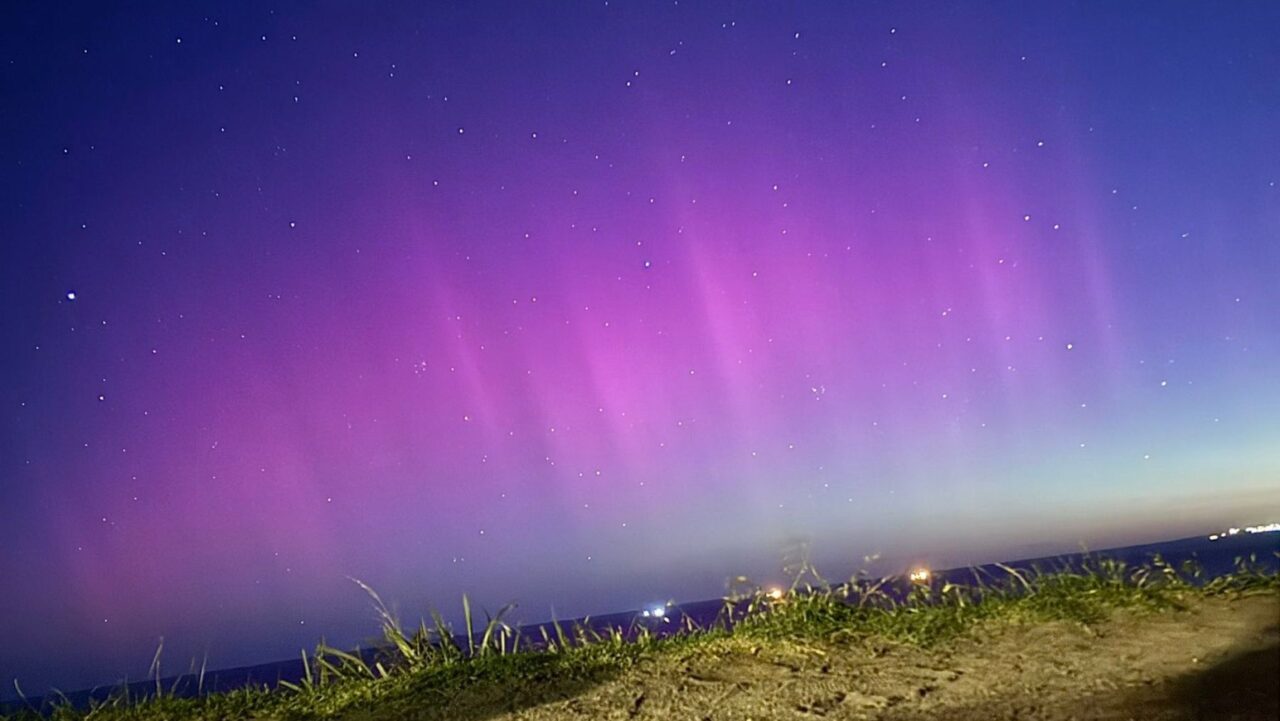
READ MORE: Sydney prepares for epic New Year’s Eve fireworks display
Tips for capturing the Aurora Australis tonight
- Use a tripod to stabilise your camera when using long exposures.
- Manual settings – adjust ISO, aperture and shutter speed for low-light conditions.
- Shoot in RAW, which allows for better post-processing.
- Experiment: Take multiple shots with varying settings to find the best results.
- Check cloud cover, as your view is heavily dependent on the cover. There’s not much you can do about the clouds, but you can download the Sky Map app to monitor conditions so you don’t head out for disappointment.
Finally, know that patience is key. It can take around 30 minutes for our eyes to properly adjust to the darkness, so put all screens down and enjoy a 30-minute digital detox while you wait for the lights to materialise.

